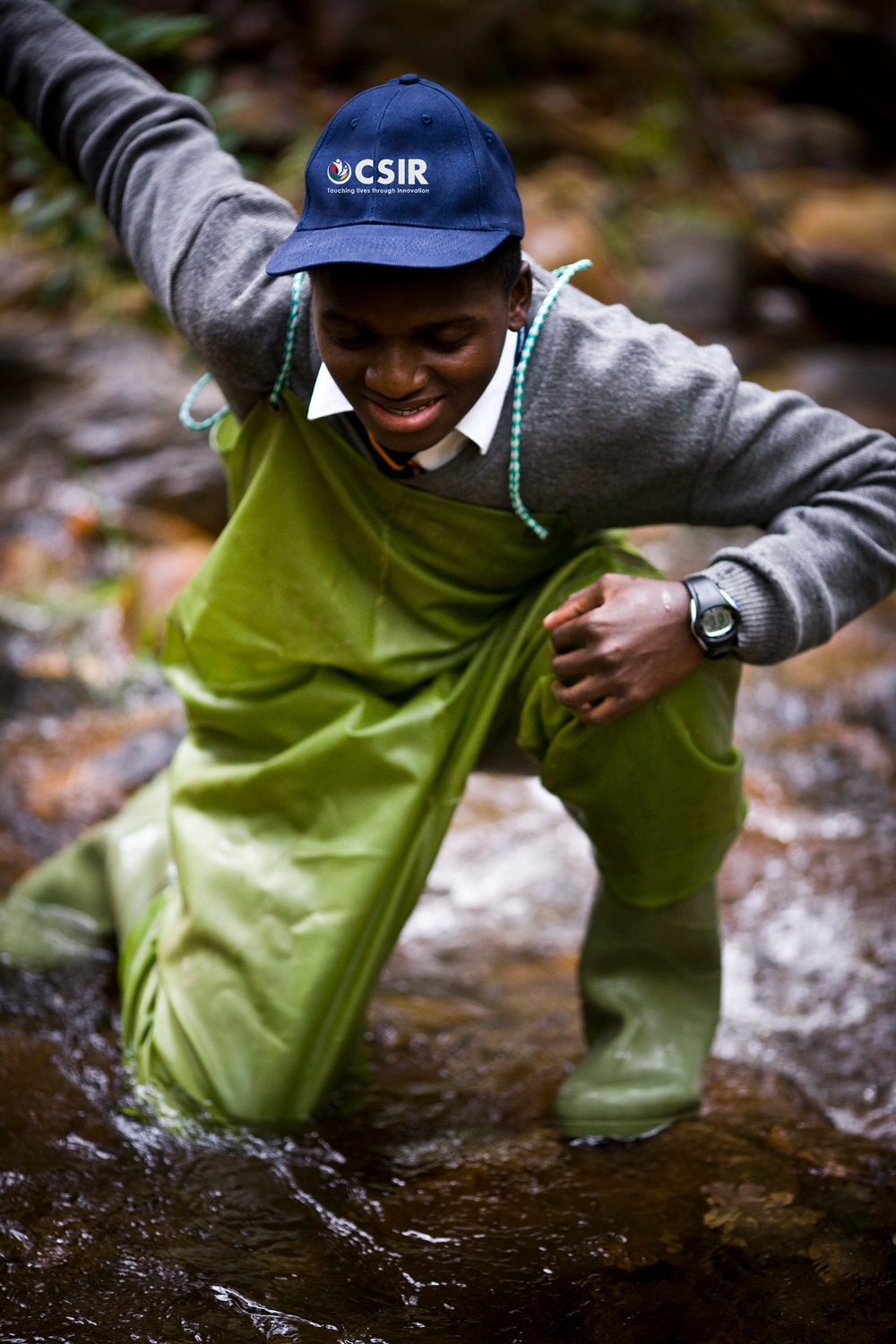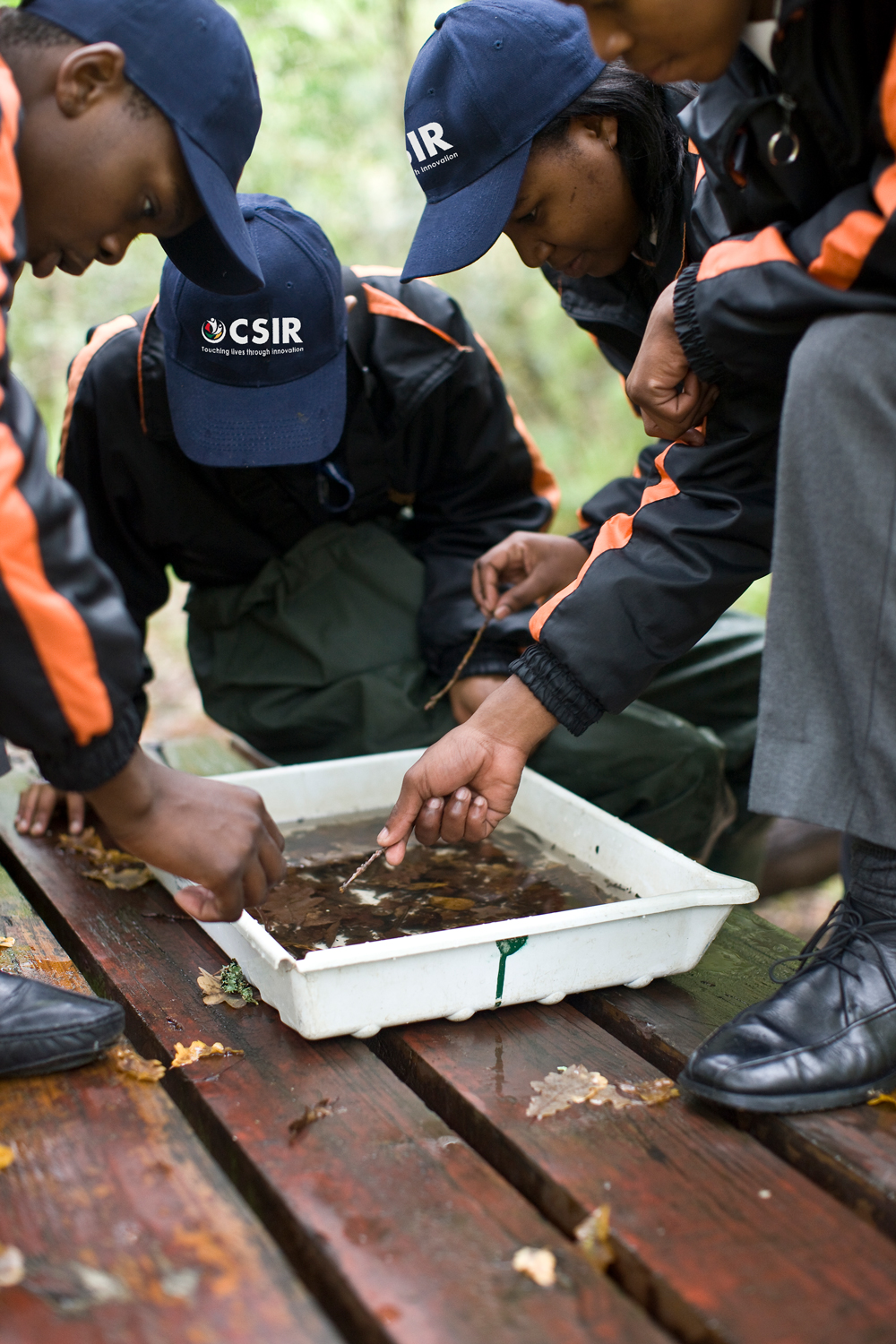Researchers concerned about low environmental literacy in South Africa
New research by the CSIR and its partners reveals that climate change denialism looms large in South Africa, with nearly half of the population believing coal to be a renewable energy source. These findings, among many others, were shared in the inaugural Citizens’ Environmental Awareness, Beliefs and Behavioural Preferences In South Africa 2022 report, published in 2024.
A report on environmental awareness in South Africa, compiled by the Human Sciences Research Council, the CSIR and the Department of Forestry, Fisheries and the Environment, can now be used by policymakers and organisations to develop effective strategies for conservation and sustainability.

“This collaboration established the Citizen Environmental Awareness Index (CEAI) as a reliable framework for assessing and monitoring environmental awareness in South Africa and for enabling an understanding of the public’s knowledge, attitudes and behaviours regarding key environmental issues,” says CSIR senior researcher Dr Lorren Haywood.
She explains that the CSIR contributed towards developing the CEAI methodology behind the report, informing and shaping the national environmental awareness survey and analysing the survey data.
The index paints a picture of environmental literacy among the South African population to help identify gaps in environmental literacy programmes and other environmental awareness-raising initiatives in South Africa.
Haywood says the CEAI will be used by policymakers and organisations to develop effective strategies for conservation, sustainable growth and development. In this way, interventions can be tailored to encourage environmentally conscious actions like recycling, reducing waste and conserving energy.
The survey reached approximately 3 500 respondents across the country’s nine provinces, all of whom could choose in which of the country’s official 11 languages they wanted to participate.
“In adopting this approach, we found it extremely difficult to explain certain environmental terms, such as ‘biodiversity’, because it is not easily translatable into different languages,” says Haywood. “We had to ensure the questions were simple enough for respondents to understand, and in this case, decided to use the word ‘nature’ instead to make the survey more relatable.”
The survey undertook to gain insight into the knowledge, attitudes and behaviours of South Africans around environmental themes such as climate change, air pollution, litter and waste, oceans and beaches, energy, water and biodiversity. “A special focus was placed on biodiversity because no previous survey had been conducted to find out how aware people are of the country’s plants, animals and natural spaces,” she adds.
When asked about the environmental problems they worry about the most, the top three concerns for survey respondents were water pollution, air pollution and drought or water shortages. Climate change, litter and waste and flooding were also major concerns. The issue that worried people the least was the use of fossil fuels for energy.
Haywood says the index revealed that the majority of South Africans perceive the environment as referring only to the natural environment, rather than including the built environment and others.
Close to three-quarters of adults see ‘animals and plants’ (74%), as well as ‘water, air and soil’ (72%) as part of the environment, while a smaller share tended to include people as part of their definition (55%), and even fewer included the man-made environment (29%).
Of those who know a lot about environmental problems, 77% were ‘very’ or ‘extremely’ worried about these problems. This level of concern progressively declines as knowledge levels decrease, with only 24% of those who know nothing about environmental problems expressing concern.
When questioned about primary sources of information on environmental issues, conventional media sources predominated. Three-quarters of the public indicated that television remained their primary source of environmental information. Radio was the second most frequently mentioned information source, followed by social media and the internet.

Climate scepticism and denialism loomed large among respondents, who held conflicting views and interpretations about renewable energy and fossil fuel sources. A worrying finding from the survey was that 43% of South Africans mistakenly believed that coal is a renewable energy source. This is concerning, especially since these topics are covered in schools and have been for years.
The deep dive into biodiversity revealed that many South Africans have low awareness of its importance. This shows a need for education that connects biodiversity to ecosystem health and human well-being in a way people can relate to. By increasing awareness, South Africans will be more likely to take action to protect and conserve the country’s natural resources.
“We have a long way to go in promoting understanding of these issues,” says Haywood. “The use of infographics can assist in increasing understanding of environmental matters. Awareness raising through national campaigns can also be done to promote the actions based on the survey results.”
Equipping the youth to be custodians of the environment is important, says Haywood. She would like to see school curricula consider sustainable development as a subject for learners to promote improved understanding of the climate change issue, the value of recycling, the relationships between the self and nature, the value of healthy, functioning ecosystems and emerging issues such as the circular economy.
Haywood cautions that the survey does not explain why people lack awareness, concern or engagement in pro-environmental actions.
She says it is also important to remember that knowledge about the environment is interpreted differently between rural and urban population groups.
“For example, rural inhabitants have a better connection with the environment due to their dependence on natural resources compared to their urban counterparts,” she says. “Between the two groups, they use different languages and words to describe elements they observe and enjoy from the natural environment, especially when it comes to terms like ‘species’.”
The survey does not measure the effectiveness of specific interventions or policies over time, meaning further studies are needed to assess the impact of awareness campaigns and education initiatives, she says.
Lastly, while the index is unique in its approach, comparisons with similar international indices are limited, making it challenging to benchmark South Africa’s environmental literacy globally.
However, Haywood is confident that an environmentally savvy and informed society can be advanced with the CEAI, which will ultimately help South Africa achieve many of the United Nations Sustainable Development Goals (SDGs).
“We are now in the process of analysing the results from the second national environmental awareness survey and plan to do so every second year,” she says.
For this second survey, the CEAI project partners have teamed up with the Medical Research Council, as this year the intention is to conduct an in-depth evaluation of the awareness, concerns and actions of South African citizens regarding air quality. It will be ready by the end of this year.
This research was funded by the Department of Science, Technology and Innovation through the National Research Foundation. It addresses SDG 4, SDG 12, SDG 13, SDG 14, SDG 15 and SDG 17.

